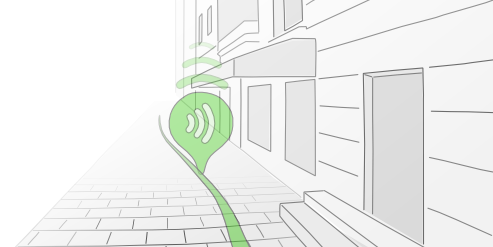Audiotouren suchen
Bei guidemate findest du zur Zeit 567 Audiowalks mit 10.003 Stationen in 284 Städten, 29 Ländern und 26 Sprachen.
Darunter befinden sich Audioguides für touristisches Sightseeing und Stadtführungen, künstlerische Produktionen und solche, die von Schulen und Bildungseinrichtungen erstellt wurden.
Klicke einfach auf das GPS-Symbol, um Audiotouren in deiner Nähe zu finden. Oder gib den Namen einer Stadt ein, um in deren Umkreis zu suchen. Du kannst die Audiowalks auch nach einem beliebigen Stichwort durchsuchen.
Account
Community
Apps
